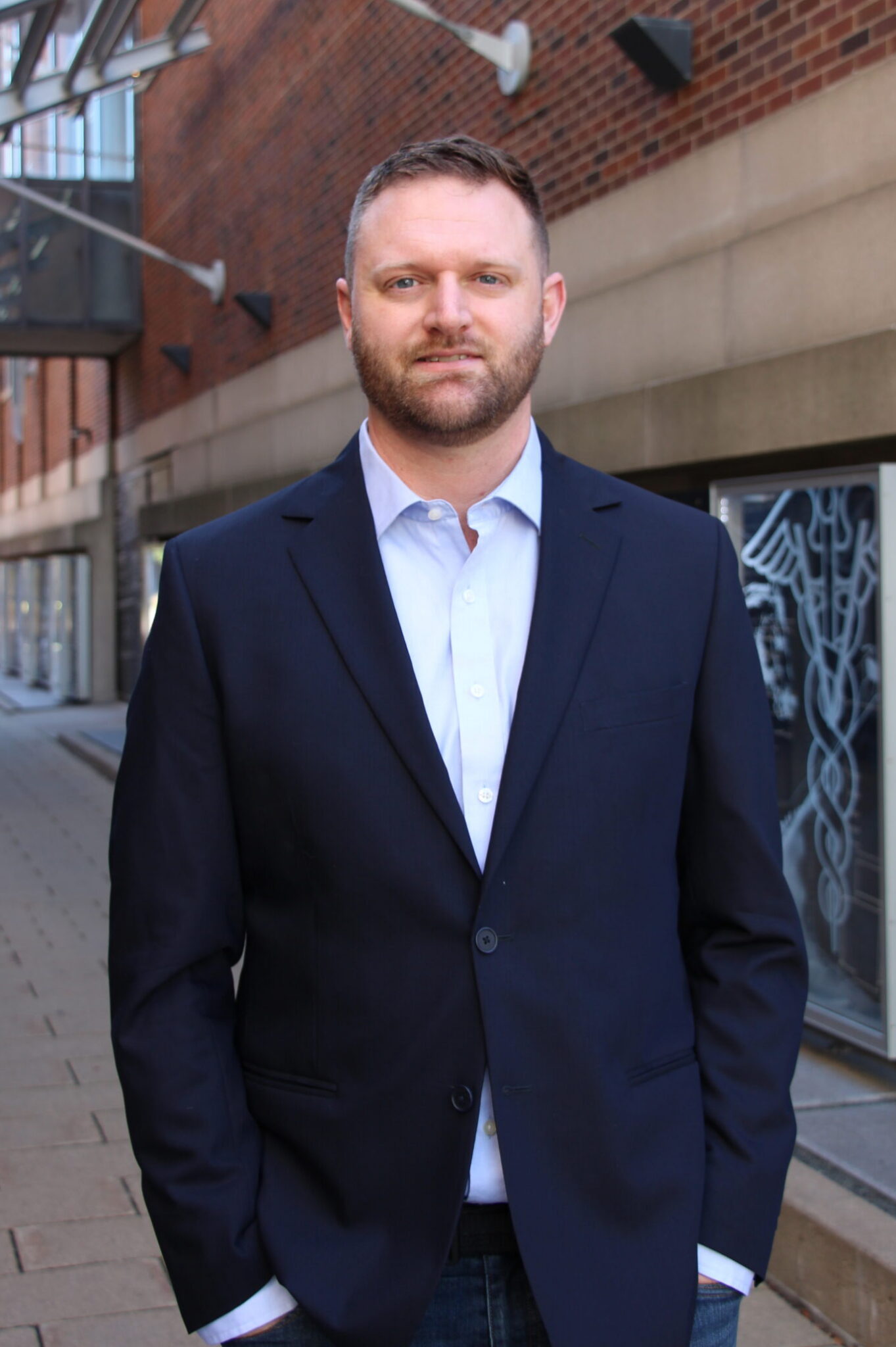Jeremy Simmons
Mechanical Engineer
Machine Design | Design Optimization | Control
Dynamic Systems | Fluid Power | Mechatronics | Marine Energy

About Me
I’m Jeremy, a mechanical engineer with a passion for building systems across domains.
I’m here to work with early-stage teams needing a flexible, systems-minded engineer to help make complex hardware systems a reality. I’m an engineer who excels when projects are messy and interdisciplinary—when you need someone to design hardware, build it, make it all work together, or help steer the engineering process and team. I work on mechanical systems that integrate electronics, hydraulics, and control systems. My experience spans from problem identification to working product, from novel systems to continuous improvement.
Check out the catalogue of projects I’ve put together on the Projects page or see how I could help your project move forward by reviewing my overview of Consulting Services.
My work as an engineer
My research at the University of Minnesota has focused on modeling and simulation-based design studies that compare PTO architectures for wave-powered reverse osmosis; best practices for modeling long pipelines in wave energy systems; and the design of switch-mode hydraulic systems. I have most recently completed the design and installation of a lab-scale, hardware in-the-loop wave-powered desalination system and am guiding the experimental activity.
I have recently begun work on the design of third-generation medical device for the treatment of hypoxia.
Outside of the university, I was a 2019 ORISE Fellow through the Marine and Hydrokinetic Graduate Research Program studying the design of wave-powered reverse osmosis power take-offs with Yi-Hsiang Yu and Mike Lawson of NREL as mentors. I have participated in four DOE SBIR/STTR projects with Resolute Marine Energy related to ocean wave-powered reverse osmosis between 2017 and 2022. My work with Resolute Marine Energy involved modeling and simulation-based design studies of their power take-off for wave-powered reverse osmosis, design of a lab-scale power take-off and hardware in-the-loop system, and oversight of experiments with that system. I also performed model-based design of a small-scale plant for Resolute Marine Energy’s submission to the Waves2Water Prize competition.
My path to engineering
My path into engineering wasn’t linear. I started as a healthcare worker, became a mechanic, and eventually found my way to engineering. With that nontraditional start, I developed a practical mindset and a broad perspective—not just technical, but also societal, shaped by the systems I’ve worked within.
I started engineering school at 21, after dropping out of college two years earlier while pursuing a path in physical therapy. During that time, I worked full time as a mechanic, where I rediscovered my deep appreciation for mechanical systems. Once I found engineering, I dove in—teaching myself programming, electronics, and microcontrollers before my first semester even began. It’s been full steam ahead ever since.
After three internships in industry, I chose to pursue a PhD—not to remain in academia, but to deepen my expertise and grow as a systems thinker and technical leader. One of my role models was a Technology Leader at Kimberly-Clark who had served in the military and had earned a PhD. Seeing them lead engineering efforts with depth, clarity, and purpose helped me see the kind of professional I wanted to become—someone who not only designs, builds, and tests, but also guides. I took that vison seriously and brought it with me into my role as the Design Lead and Vice President of the SAE Baja Hardrocker’s Racing team at the School of Mines and Technology and into my mentorship roles throughout my time at the University of Minnesota.
I’ve now found myself involved in commercialization efforts—both for my own IP and for others’—and I believe I can offer meaningful guidance in navigating the early stages of technology development and product design. This is when design decisions are most critical, yet engineering resources are often limited—too junior, too specialized, or too costly to bring on full-time. I aim to fill that gap by offering fractional, systems-level engineering support that brings clarity, structure, and momentum during the riskiest phases of development.